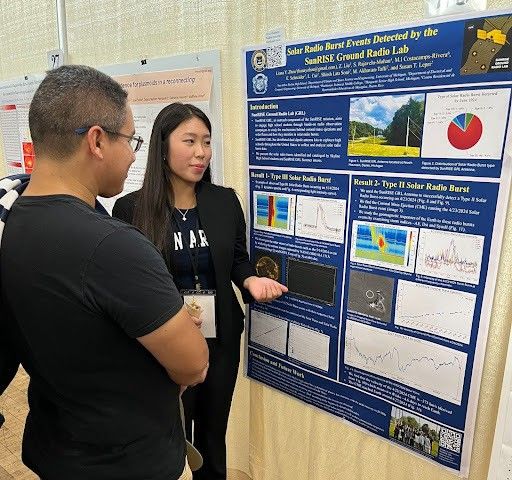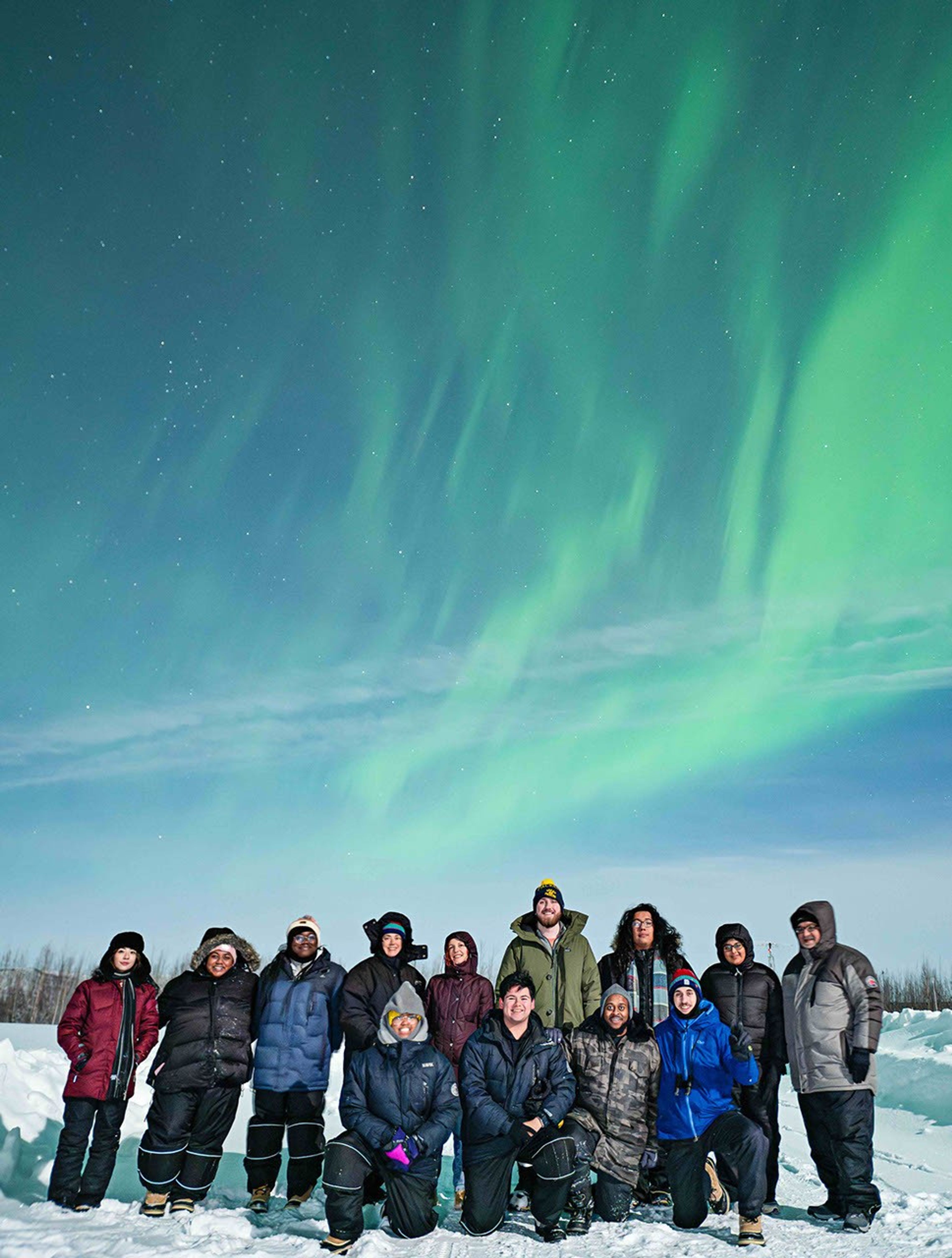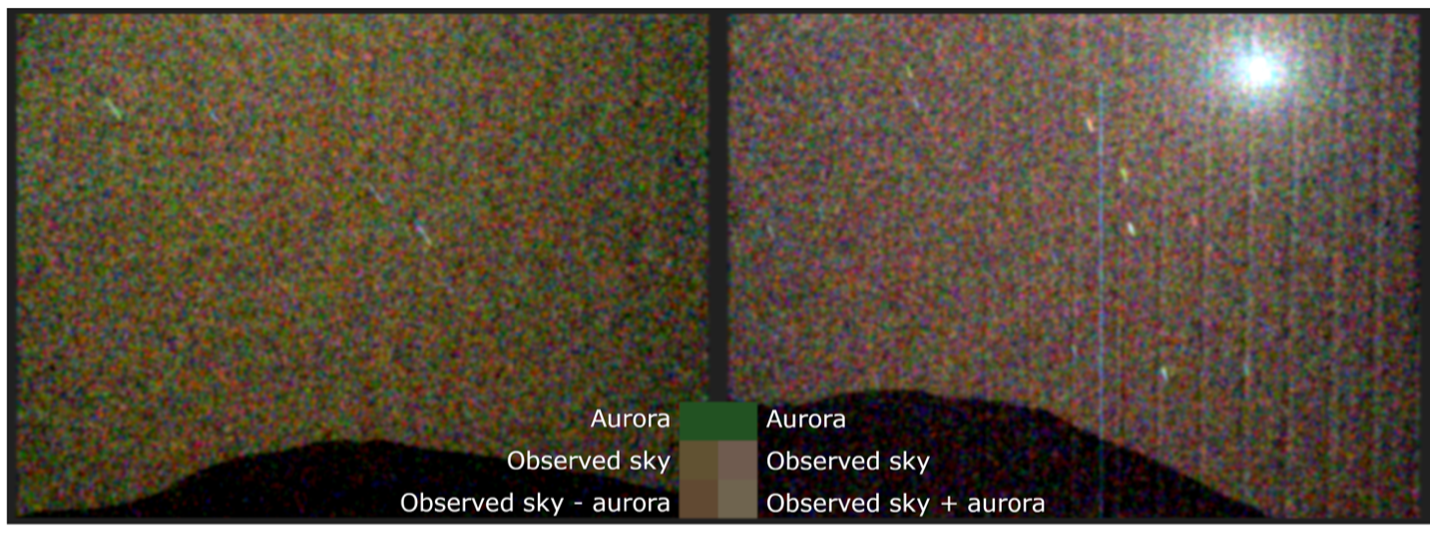Summer Students Scan the Radio Skies with SunRISE
- High school students from across the US are participating in the SunRISE Ground Radio Lab campaign to collect, process, and analyze space weather data related to solar radio bursts.
- The students, led by the University of Michigan and NASA’s SunRISE mission, are identifying and categorizing solar radio bursts that can impact global navigation systems.
- Participating high schools receive free online training modules, monthly webinars with space science experts, and kits to build their own radio telescopes to observe low-frequency emissions from the Sun and other objects.
- The students’ findings have been presented at local science fairs and national conferences, including the Solar Heliospheric and INterplanetary Environment (SHINE) conference in Juneau, Alaska.
- Other than participating in the campaign, schools can also get involved by visiting the Ground Radio Lab website to learn more and apply to participate in future projects.

Solar radio bursts, intense blasts of radio emission associated with solar flares, can wreak havoc on global navigation systems. Now, as part of the Ground Radio Lab campaign led by the University of Michigan and NASA’s SunRISE (Sun Radio Interferometer Space Experiment) mission, which is managed by the agency’s Jet Propulsion Laboratory in Southern California, high school and college students across the nation are collecting, processing, and analyzing space weather data to help better understand these bursts.
Participating students have presented their findings at local science fairs and national conferences, including the Solar Heliospheric and INterplanetary Environment (SHINE) conference held in Juneau, Alaska in August 2024. These students sifted through thousands of hours of observations to identify and categorize solar radio bursts.
Your school can get involved too!
Participating high schools receive free, self-paced online training modules sponsored by the SunRISE mission that cover a range of topics, including radio astronomy, space physics, and science data collection and analysis. Students and teachers participate in monthly webinars with space science and astronomy experts, build radio telescopes from kits, and then use these telescopes to observe low frequency emissions from the Sun and other objects like Jupiter and the Milky Way.
Visit the Ground Radio Lab website to learn more about the new campaign and apply to participate.



